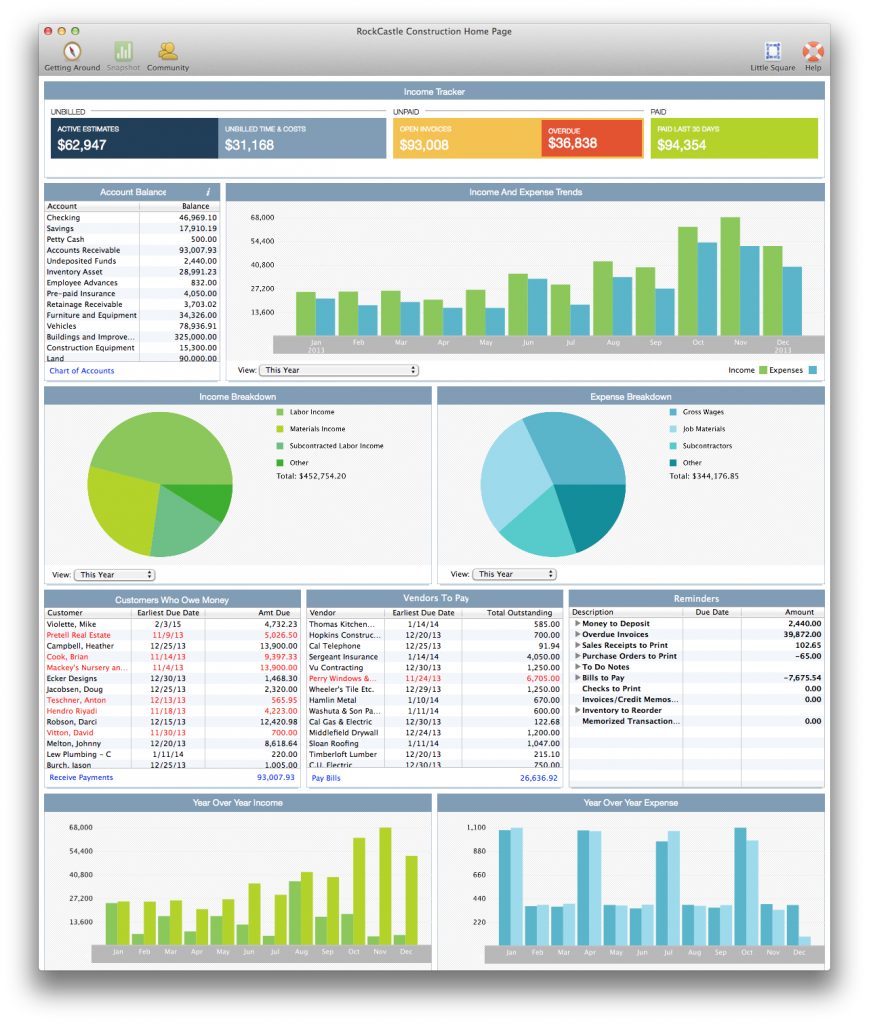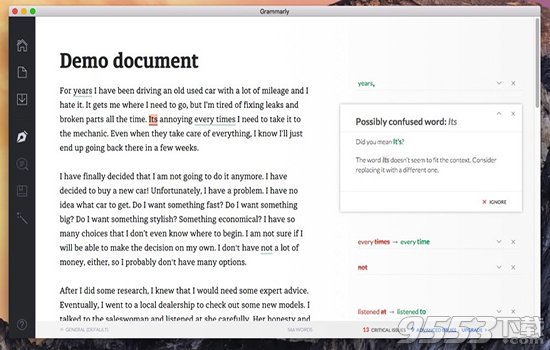How To Delete Temp Files For Mac Os Sierra
I have MS Office 2011 on my MAC. I have noticed the conversation history is saved on the MS Lync History folder on the MAC. However the outlook mailbox folder called ' conversation history ' is not updated with this info. Save and view a conversation history. Lync for Mac 2011 More. You can save and view a text conversation in the Conversation History. In the Conversation History, text conversations are organized by contact name and then by date. All conversations that you save with a contact on a particular date are saved in a single log. Lync for mac 2011 conversation history folder. The conversation history works for Lync 2010, Lync 2013(ver. 15), S4B (ver. 16) and mobile clients of all flavors. But the Lync for Mac client fails to save the conversation history on Exchange. When the setting is enabled to save it on the local computer it works as expected.
December 22nd 2015: Method of showing/hiding hidden files tested and working on Mac OS X El Capitan. It seems like every day I search Google for the command to show hidden files on Mac OS X, not to mention Googling for the command to then hide those hidden files a few minutes later. To clear other data on your computer, just go to the Mac menu and choose “Restart,” when you reboot the system, Mac OS will delete those files and the /private/var/ folders. This process happens when you shut down the system, and Mac does it automatically without harming other data.
Then print checks yourself or use free direct deposit. Just click to e-pay your taxes. Pay payroll taxes QuickBooks Payroll for Mac calculates federal and state payroll taxes for you. It keeps track of what you owe and reminds you when to pay. File payroll tax form QuickBooks Payroll for Mac automatically fills in the latest federal and most state payroll tax forms for you. 

Unlike PCs, which require manual maintenance to clear temporary file caches, the Mac's UNIX-based operating system is designed to automatically run maintenance and clear temporary files. In OS X El Capitan or Yosemite the task of the operating system was over at the end of the installation. But the new Sierra will ask you if you want to delete the installation package from the hard disk after the installation is complete. There are a lot of other temporary files on your system, which you can see by opening up Finder, using Go -> Go to Folder on the menu, and using ~/Library/Caches to get to the cache folder. This will pull up a folder that has a ton of folders in it, which you can select and delete manually if you choose.
Just to be clear, Apple will not automatically install macOS updates without your permission and the automatic download doesn’t change your Mac.  It just takes up space or speeds up the upgrade process if you do want to start using the latest version of macOS. Automatic downloads will also only happen if your Mac is compatible with the macOS update that Apple is pushing. How to opt out of macOS automatic downloads from OS X Click the Apple () icon in the top left corner of your screen, then select and click System Preferences from the dropdown menu.
It just takes up space or speeds up the upgrade process if you do want to start using the latest version of macOS. Automatic downloads will also only happen if your Mac is compatible with the macOS update that Apple is pushing. How to opt out of macOS automatic downloads from OS X Click the Apple () icon in the top left corner of your screen, then select and click System Preferences from the dropdown menu.